How to Pay an Invoice in 5 Easy Steps
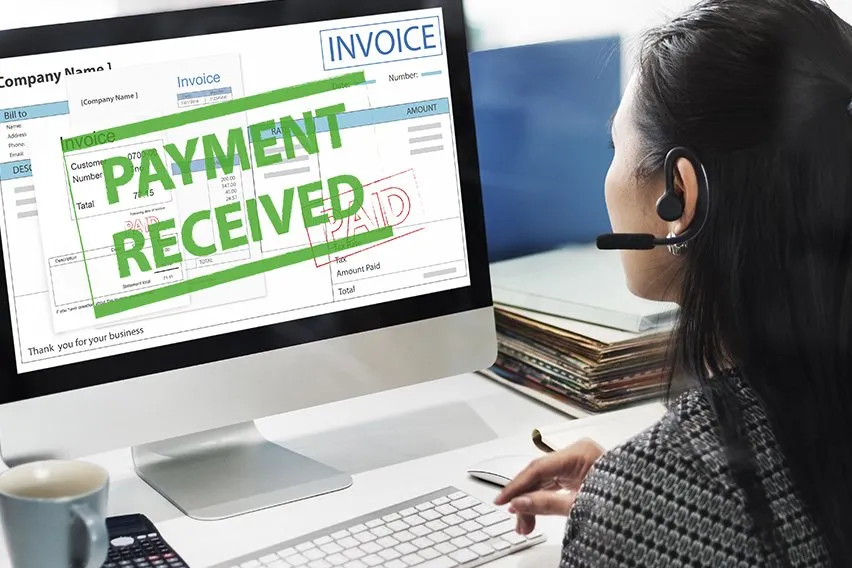
Small businesses need to pay their invoices on time by establishing a consistent and streamlined approach to accounts payable. A proper system for accounts payable will help you pay your incoming invoices on time and only pay invoices that are fully accurate. It’s crucial that small businesses pay their invoices on time to avoid being charged additional late fees and harming their relationships with vendors. Some invoices may also be paid earlier when an early payment discount is available.
Key Takeaways
- Paying your invoices promptly and properly ensures good business relationships, keeps plans on schedule, and ensures your operations run smoothly.
- To pay invoices on time, you’ll need to note and review the goods/services listed, the payment due date, and available payment methods.
- The best system for efficient invoice payments is to add the invoices you receive and approve to your payment schedule, then file payment confirmation details afterward.
- Your accounts payable team member should be primarily in charge of making payments on all approved invoices.
- Some tools are there to help make invoicing easier for all involved.
Table of Contents
- What Is an Invoice Payment?
- How to Pay an Invoice
- Invoice Payment Methods
- Tips to Pay an Invoice on Time
- Streamline Your Invoice Payments with FreshBooks
- Frequently Asked Questions
What Is an Invoice Payment?
An invoice payment refers to paying the balance (or a portion of the balance) of an invoice your business receives. Typically, these payments are scheduled once the invoice is reviewed and approved.
An invoice payment occurs when your business pays for your vendor’s goods or services, which they bill you for on an invoice. Most companies have a system in place to ensure that all received invoices are reviewed, approved, and paid in a timely manner. While the specifics of these payment systems may vary slightly, the basics remain the same across most organizations.
How to Pay an Invoice
Small businesses can ensure that they pay their invoices on time by following these bill payment steps:
1. Review The Invoice For The Received Goods And Services
It’s important that you review all the invoices your company receives to ensure that they are accurate and that the goods and services you’re being billed for accurately reflect the goods and services you received from the vendor. To ensure the accuracy of the invoice, you’ll need to:
- Review what your company ordered
- Review what you received to make sure that it aligns with your order
- Review that the cost included on the invoice aligns with your initial agreement with the vendor
2. Note the Payment Due Date
All invoices you receive from vendors should clearly list the date by which they request payment. They will also outline any late charges you may incur if you don’t pay your bill on time. The vendor may also offer early payment discounts, which can lower costs significantly. Make note of the payment due date in your digital calendar or any other software you use to track your expenses.
3. Choose Your Payment Method
The invoices you receive will outline the various payment methods each company accepts. For example, the payment methods can be cash, check, or credit card. Make a note of the payment method that works best for your business, so you know how to pay the invoice when the time comes.
4. Add the Invoice to Your Payment Schedule
You’ll need to track the due dates of all the invoices you receive to ensure you’re properly managing your cash flow. You can create a payment schedule in a spreadsheet or use cloud-based accounting software to help you track and schedule all your upcoming payments. You may process your invoices and payments weekly or monthly, depending on the volume of invoices you receive and the timelines given for your payments.
5. File Payment Confirmation Details
Once the payment for the invoice is processed, make sure to file away any payment confirmation details you receive, such as a confirmation number for an online payment. You’ll want to store this information in case you ever have a dispute with a vendor over the payment of an invoice. You may also want to attach the payment confirmation to the invoice, so both can be found in one place.
Depending on the operations of your business, you may receive a variety of different types of invoices. The following article will familiarize you with the different types of invoices your business may encounter.
Invoice Payment Methods
There are various ways that businesses often process payments for their invoices. How to pay an invoice may vary slightly depending on the available methods, but all are fairly straightforward. They include:
Pay an Invoice with a Credit Card
One of the most common payment methods for invoices is via credit card. Paying with a credit card is a convenient way to pay an invoice and offers a fairly high standard of security for both parties. In order to do so, the vendor will need to have a merchant account set up and will be liable to pay a small fee for every transaction. However, businesses can choose to pass on these credit card fees to their clients. Follow our guide on how to pass on credit card fees to clients to learn more. If your vendor passes the fee to you, you can determine if the amount is worth the convenience of the credit card payment.
Pay an Invoice with Bank Transfer (ACH)
Bank transfers (also called ACH credit transfers) are another convenient way to handle invoice payments. This method allows your business to transfer money to your vendors’ bank accounts. Although this process requires more information upfront (e.g., routing and account number), ACH credit transfers are quick, easy, and free to send. They’re also subject to high-security standards, making them an even more popular option. You may also opt for your vendor to process a bank transfer automatically for a prior agreed upon amount. For example, your accountant might automatically charge the monthly bookkeeping fee on the first day of the month.
Pay an Invoice with Paypal
PayPal is yet another popular method of online payment for invoices. It’s a quick, secure process that allows clients to use their debit or credit card to pay bills efficiently. The merchant will first have to sign up for the service before they can use it to receive payment methods. Online payments are usually quick to come through and offer high security. Plus, PayPal integrates seamlessly with cloud-based accounting software.
Though these are the most commonplace ways to pay invoices today, some businesses may also accept other methods, including:
- Check
- Cash payments
- Automatic invoice payment
Tips to Pay an Invoice on Time
Looking to ensure your invoice payment system stays on track? It’s essential to follow a few key best practices to maintain a steady cash flow for your business.
Verify Invoices You Receive
Always double-check the invoices you receive for accuracy. Pay attention to the descriptions and quantities of goods or services to ensure they accurately reflect your purchase, and quickly check all math to ensure it’s free of errors. You should also ensure the information for both companies is present and correct. Establishing an invoice review system will be a crucial step in your process of paying an invoice on time.
Pay Attention to Payment Terms and Due Dates
In almost all cases, vendors and merchants will include copies of their payment policy, terms, and due date(s) along with your final invoice. Naturally, you’ll have agreed to these terms beforehand, so take the opportunity to review them when you first receive the invoice. This will help you keep these policies in mind and ensure you don’t let them pass you by. Paying late might not only cost your business additional fees, but the vendors also might report your late payments making your business less creditworthy.
Keep a Payment Schedule
When the invoice has been reviewed and approved, it’s time to add it to your payment schedule. You can do this manually by marking the invoice due dates on your calendar, however, a much more efficient option is to leverage existing software tools to help you keep the payment deadlines organized and running efficiently. This will also help you manage your bank account as you make payments (especially if you set up automatic bill payments), ensuring your finances are solid throughout.
Keep an Eye Out for Payment Reminders
Often, companies send courtesy reminders as their clients approach payment due dates. These are simply ways for vendors and merchants to politely remind clients of upcoming due dates and ensure they receive payment promptly. You shouldn’t rely on payment reminders to pay invoices on time, but they can be useful to look out for on the off-chance you’ve made a mistake with your schedule.
Use Software Tools to Stay on Track
Last but not least, it’s important that you use all the tools at your disposal to ensure a smooth, efficient system for invoice payments. This helps take the burden of administrative work off of you and your team and will ensure your bills are always paid on time. Using software tools can save you and your team many hours as well as money.
Streamline Your Invoice Payments with FreshBooks
Paying invoices on time is an essential part of doing business, but creating (and maintaining) an efficient invoice payment system can take a bit more time and consideration.
By establishing a process for reviewing invoices, approving them, scheduling payments, and sending the funds to ensure bills are paid, you’ll streamline a key business procedure for the future.
If you’re looking for a handy tool to help make the entire process of invoice payment simpler, FreshBooks is here to help. Our cloud-based accounting software is an easy-to-use solution for all your invoicing needs. With FreshBooks, you can upload a picture of each invoice you receive, email bills to your account, and import your expense data directly from your bank account. From here, it’s easy to look at all your outstanding invoices at a glance, run invaluable financial reports, and ensure your invoices are paid quickly and efficiently. Try FreshBooks free today!
FAQs on How to Pay an Invoice
More questions about ensuring your invoices are paid on time? Here are answers to some of the most frequently asked questions.
Do you pay an invoice before or after goods/services are delivered?
Whether you’re paying invoices before or after goods/services are rendered is dependent on the agreement you enter into in the first place. Some industries will require full or partial payment upfront, while others won’t require payment until everything is delivered and the final invoice is received. It is important to review the contracts and payment policies carefully to determine when to pay the invoice.
How do you pay an invoice by email?
Although you can certainly receive invoices from merchants and vendors via email, you’ll need to use one of the methods described above to actually send your payment. Most companies offer options like credit card payment, debit card payment, direct bank transfer, or the use of a payment platform like PayPal or Stripe. All of the payment options can be easily used on your phone or computer. Your specific situation will dictate the right payment method.
How does an invoice work?
An invoice is a document stating the amount of money owed in exchange for services or goods, typically after they have been rendered/delivered. The invoice will have a payment date, payment terms, an invoice number, contact information for both parties, a description of the goods or services, subtotals and totals, and an indication of any applicable taxes. It’s then up to the client to pay the balance of the invoice via the available payment methods.
How long should you give a client to pay an invoice?
Although payment terms regarding due dates can fluctuate between companies and industries, the typical timeline is 30 days for a client to pay before late payment fees apply. Invoice due dates can be adjusted to be longer or shorter depending on the original contract or work agreement, so pay attention to the vendor’s payment policy to see how long you’ll have to pay. For better cash management, you want to give your clients the shortest possible time frame, and receive the longest possible time frame from your vendors.
Does an invoice mean you owe money?
If you signed a contract or otherwise entered into a work agreement with a vendor or service provider, provided that you received the goods/services as agreed upon, an invoice you have received means you owe money. However, if you believe part or all of an invoice contains an error, you can attempt to negotiate with the other party. If this fails, you may be forced to pay the bill or seek legal action.
About the author
Sandra Habiger is a Chartered Professional Accountant with a Bachelor’s Degree in Business Administration from the University of Washington. Sandra’s areas of focus include advising real estate agents, brokers, and investors. She supports small businesses in growing to their first six figures and beyond. Alongside her accounting practice, Sandra is a Money and Life Coach for women in business.
RELATED ARTICLES




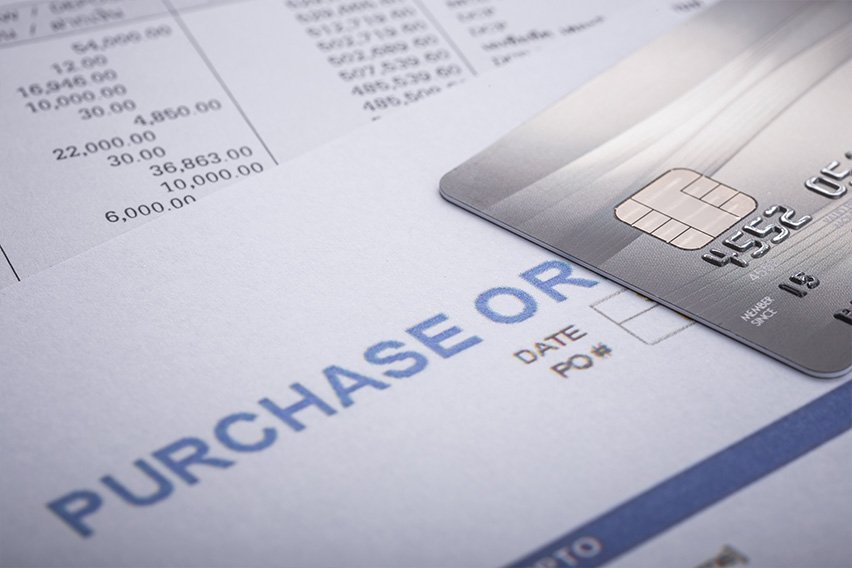 What Is a P.O. Number on an Invoice and How to Use It
What Is a P.O. Number on an Invoice and How to Use It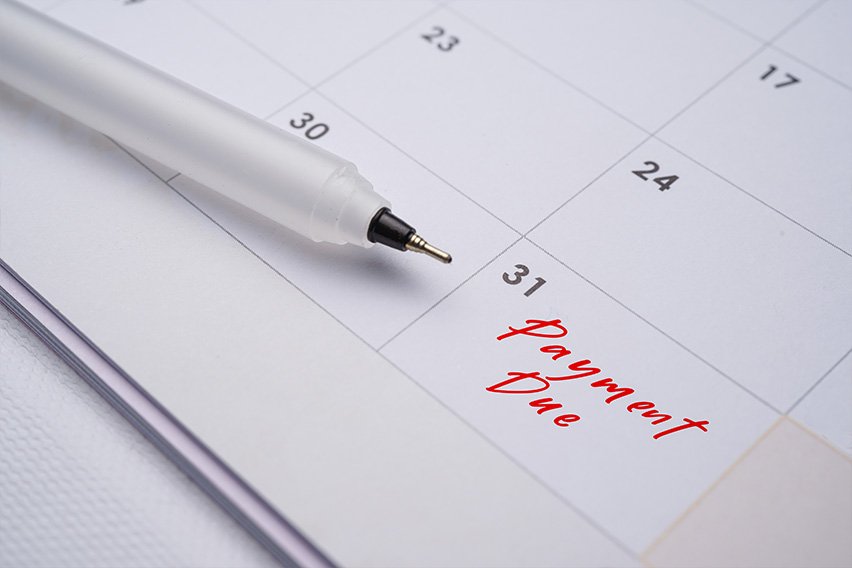 Net 30 : What Is It and How Does It Work?
Net 30 : What Is It and How Does It Work?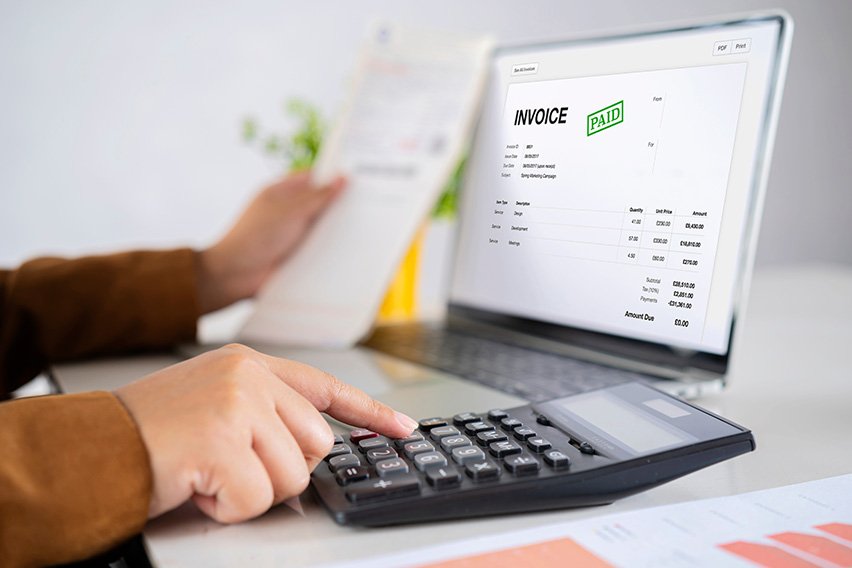 How to Get a Client to Pay an Invoice: 8 Effective Tips
How to Get a Client to Pay an Invoice: 8 Effective Tips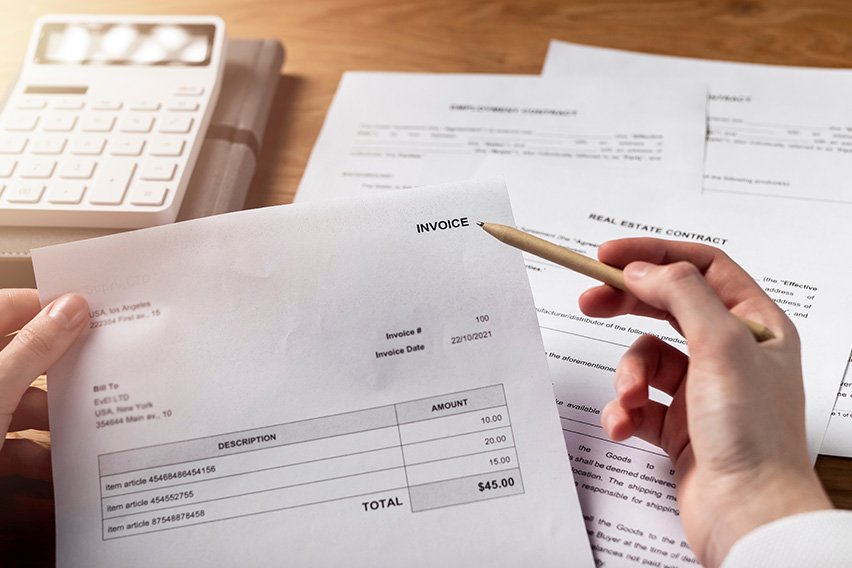 How to Write an Invoice Letter: A Small Business Guide
How to Write an Invoice Letter: A Small Business Guide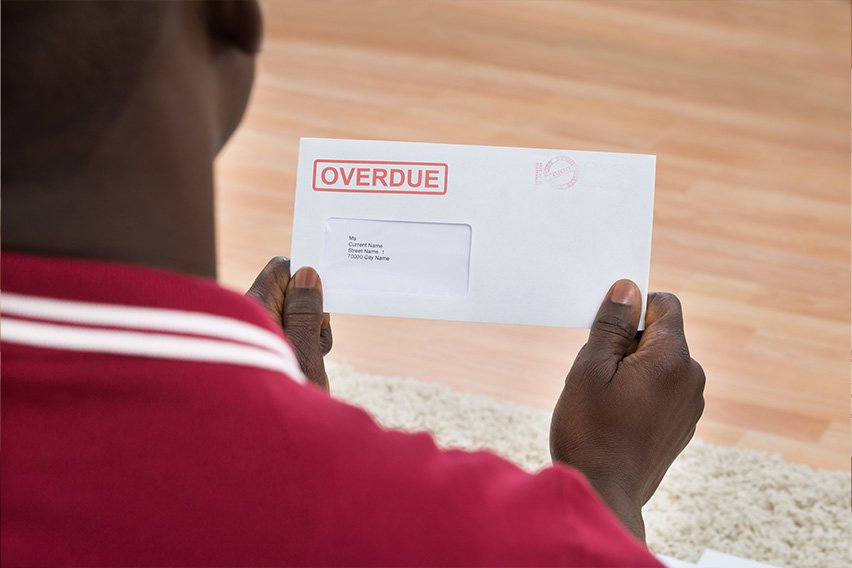 8 Tips to Write an Overdue Invoice Letter That Will Get You Paid
8 Tips to Write an Overdue Invoice Letter That Will Get You Paid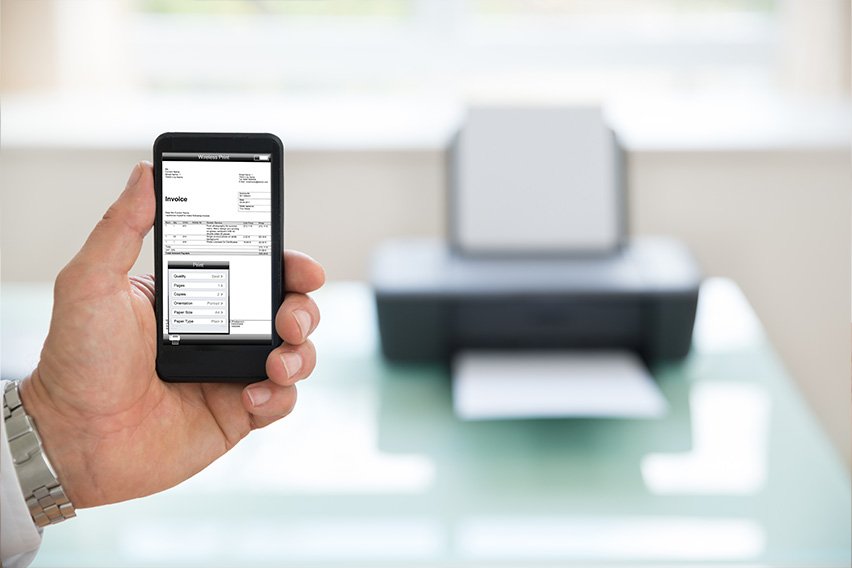 How To Print An Invoice? Step By Step Guide
How To Print An Invoice? Step By Step Guide